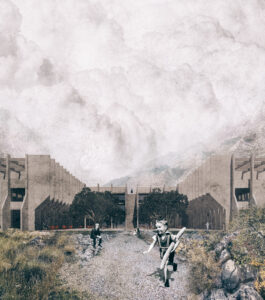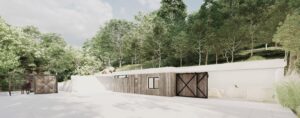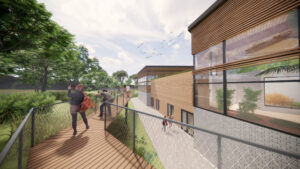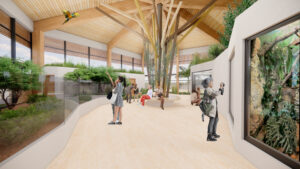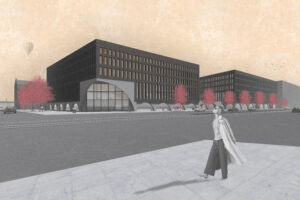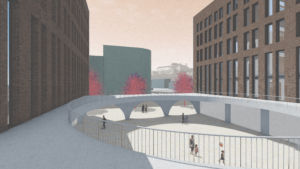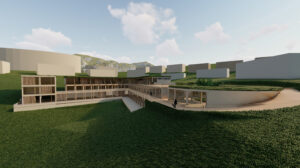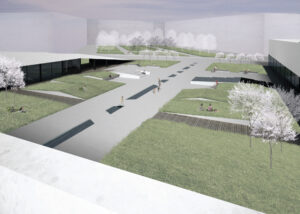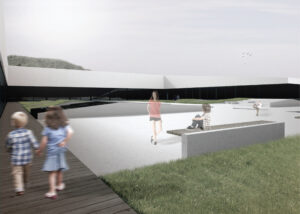Design Studio of Public Buildings
In the professional community, there is an opinion that architecture is a unified field and does not need to be further divided typologically. However, it can be argued that if we want to seriously address and understand a problem, we first need to name, organize, and analyze it. That is why architecture and the design of public buildings is one of the five areas of architectural study taught at the Faculty of Civil Engineering at Brno University of Technology. Through twenty-six lectures over two semesters, seminars, and especially studio teaching, we cover almost all types of buildings used by the public, except for public houses: from educational buildings to cultural, administrative, commercial, dining, transportation, sports, healthcare, exhibition, religious buildings, cemeteries, and crematoria. In the past, these buildings were referred to as civic buildings, and teaching focused on orthodox typology, typological building programs, and typical solutions.
Our current approach to teaching focuses on understanding the broad range of basic characteristics and operational principles of different types of public buildings, familiarization with terminology, and especially the subsequent application of this knowledge in designing specific buildings within the studio project. Each lecture in the Public Buildings I and II courses includes a section dedicated to typological and operational principles, hygiene requirements, safety, etc. Subsequently, examples of realized buildings of that type are presented, highlighting practical applications of operational principles and typology, as well as interesting architectural and construction solutions. In the follow-up seminars, each student analyzes a selected realized architectural work, studying it in terms of site context, operational solutions, construction, and spatial arrangement. They learn to “read” the architecture of the selected building. The studio teaching of architectural projects logically builds on the theoretical knowledge acquired and focuses mainly on developing creativity and finding each student’s individual approach to architectural design. An integral part of all studio projects is the documentation of the building’s technical and construction solutions, prepared under the guidance of teachers from the Department of Civil Engineering at the Faculty of Architecture, which helps future architects view technical and construction solutions as an integral part of their architectural concept.
On Architecture and Teaching Not Only Public Buildings
Every architect approaches a project individually, and each teacher has their own method of teaching architectural projects. The full range of opinions can be framed by a provocative question on one side: Can architecture even be taught? On the other side, there is an extreme opinion: Architecture is a craft and must be taught as such. The truth lies somewhere between these extremes. In the teacher-student relationship, it is important to emphasize respect for the right to one’s own opinion, a high degree of tolerance, correctness, and openness, while maintaining a high level of demanding standards in joint work.
Architect Vittorio Gregotti formulated “a few good pieces of advice (a total of 10) primarily for himself and also for young colleagues and architecture students,” with the 10th being the most important: “When doing architecture, make as little noise as possible. Be quiet so you can be more perceptive and see the small things.” Also, the words of Jan Amos Comenius are, as we say today, still “in”: “Let us seek unity in what we have in common, freedom in what distinguishes us, and tolerance and love in everything.” The student must seek their own approach to the project and cannot rely on the school to provide all the knowledge. They must become an initiative self-learner. Meeting individual teachers – architects allows the student to “take a bit from each.” And also, a “finished” architect must remain a student throughout their professional career. Composer Leonard Bernstein expressed his pedagogical stance clearly: “Teaching and learning are not opposed. When I teach, I learn; when I learn, I teach…”




